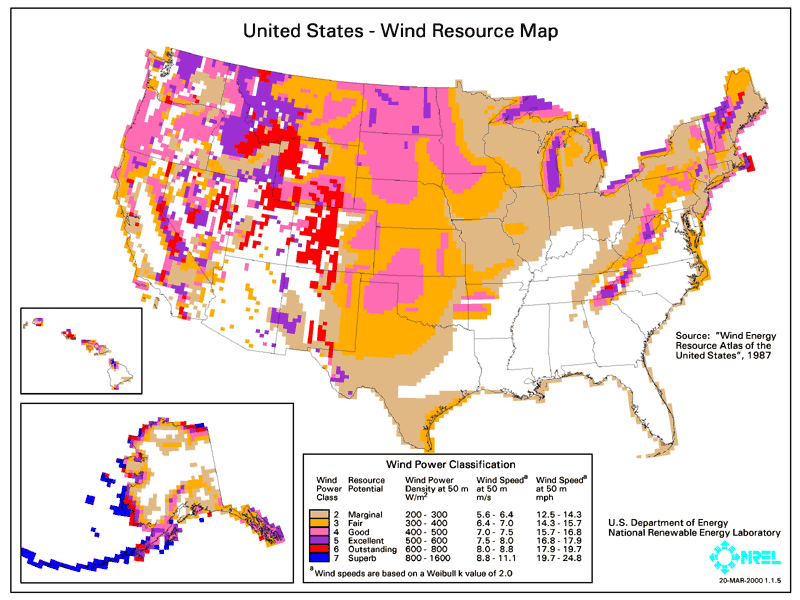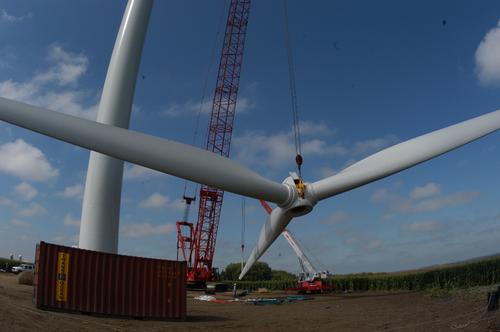Look who’s in the news!
January 5th, 2018

Yes, we all know that Mike Bull wrote most of the energy law now in place! But there’s no mention of those many years of work at House Regulated Industries Committee though…
And we all know that there are some big holes and problems with the wind siting statutes, rules, and standards. What will it take to get some of the problems worked through, like some respectful wind siting standards? We’re just starting to see, at long last, after years and years of complaints, some Public Utilities Commission action on wind noise issues.
Bent Tree_Noise Monitoring and Monitoring Report_20179-135856-01
Siting will have to be addressed, because despite sound modeling that says “no problem,” there are indeed problems. Despite shadow flicker modeling that says “no problem,” there are indeed problems.
Preventative siting is long overdue and needs to start NOW! And what about those already affected? “Buy the Farm” for wind? It’s overdue. Action after the fact is not the best of options, prevention is always the key, but for those now attempting to live in untenable circumstances, foisted on them by the nuisance moving into their community, and permitted by the Commission, what are the options?
Wind project in southern Minnesota gets pushback
Hey Mikey, how ’bout helping get to some solutions???
Bent Tree – it’s the “dawn chorus”
October 14th, 2017

Wisconsin Power and Light, owner/operator of the Bent Tree Wind project is under the Alliant Energy corporate umbrella. Recently, Wisconsin Power & Light filed a response to the noise study for its Bent Tree wind project:
In this response, well, it’s not wind turbine noise, it’s the birds! It’s the rustling leaves!

Here’s the noise study, in case you missed it:
Bent Tree Wind Farm Noise Monitoring Report
October 2nd, 2017

On April 12, 2017, the Public Utility Commission ordered noise monitoring for the Bent Tree Wind Project after numerous complaints pressured for action on those complaints. Bent Tree is located in Freeborn County just north east of Albert Lea, Minnesota, north of Interstate 90, and on the west side of Interstate 35, opposite where they now want to put up the Freeborn Wind Farm, south of I-90 and east of I-35. They put up monitors at a few locations near the homes of those who filed complaints, and then, for some reason the turbines near those homes are off (Curtailment? Why am I suspicious? Apparently they’ve never been off at other times.). Then they took the monitors away.
But the study is “complete?” Here it is.
On page one, the cover letter, they admit there are times of non-compliance. What’s important in this is that the problematic “noise” is the infrasound, which is found in “C weighted” scales, and not the “A weighted” scale that is the subject of Minn. R. 7030. Further, the Minnesota Rules Ch. 7030 does not address impulsive sounds, such as sounds from a gun range, or some sound from wind turbines.
| 7030.0010 | INCORPORATION BY REFERENCE. |
| 7030.0020 | DEFINITIONS. |
| 7030.0030 | NOISE CONTROL REQUIREMENT. |
| 7030.0040 | NOISE STANDARDS. |
| 7030.0050 | NOISE AREA CLASSIFICATION. |
| 7030.0060 | MEASUREMENT METHODOLOGY. |
| 7030.0070 | SOUND ATTENUATION MEASUREMENT METHODOLOGY. |
| 7030.0080 | VARIANCE. |
MPCA’s Commissioner, John Linc Stein, agrees that the Minnesota Rules do NOT cover infrasound, and there are no rules covering infrasound, but yet will not initiate rulemaking:

WHAT!?!?!?!
Back to the studies. the protocol for the “study” is taken from the Minn. R. Ch. 7030, Measurement Methodology. Monitoring data was excluded if the wind speed was over 11 mph, but for the Langrud monitor, the report says that wind speed was not over 11 mph. Is that reasonable? Look at average wind speeds generally, considering that higher wind speed is desirable for generating electricity (click for larger version):
When wind speeds are high, that is when the noise from the turbines is most unbearable, and under the report protocol, when wind speeds are high, were excluded. Average wind speed n the Bent Tree area is 15.7 – 16.8. So in the chart above, it says 0% were excluded due to high wind. Does that mean there were no times that the wind was over 11 mph? That’s doubtful, although spring and fall are times with higher wind, typically, but, color me skeptical.

But yet Table 4-1 says wind speed did not go over 11 mph during the monitoring, and so no data where wind was over 11 mph was excluded. Curtailment is also unclear, because we do not know what turbines were curtailed, if it was only ones near the monitors, or the entire project (usually is is some but not all). It also says results were skewed by bird chirping and insect noise, which would not have been present in early spring or fall. WHAT?!?! And early spring is planting time so lots of farm equipment out, and fall is harvest. Makes no sense.
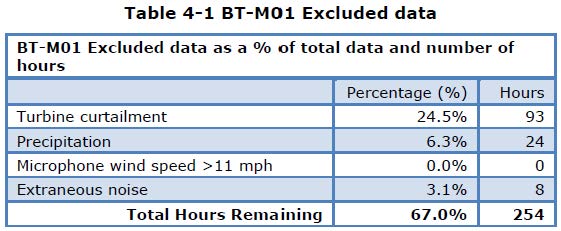
So how is the report valid?
Dave Langrud, a landowner in the Bent Tree footprint, has tracked when the turbines were off and on, and we’re working on comparing those times to the times in the report — they do have some info in this report for comparison showing time they admit the turbines were off:

And there were C weighted measurements, note how high these go:
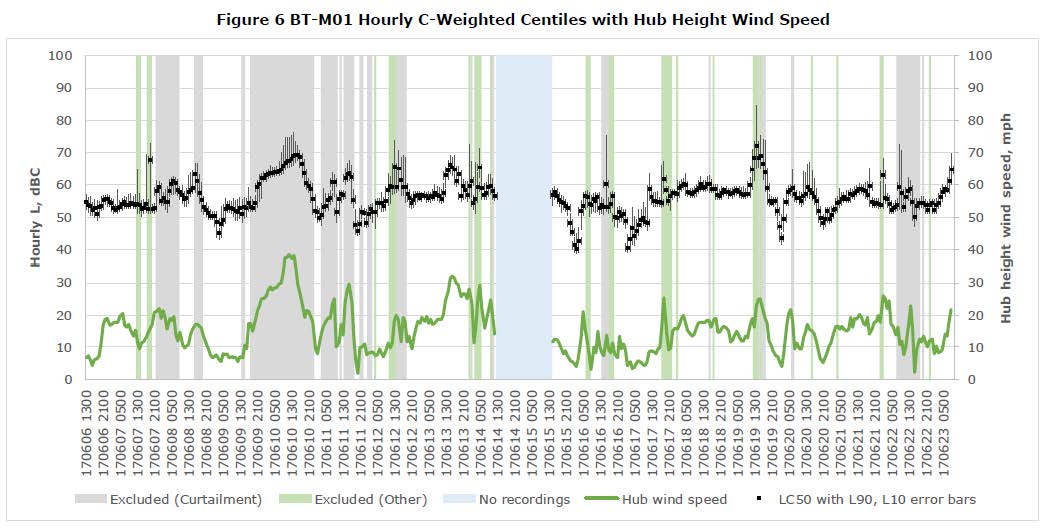
We’ve submitted a Data Practices Act Request for more data:
Nothing has showed up yet.
Circular letter from Pollution Control Agency
September 14th, 2016

From the “Circular Logic” department, the Minnesota Pollution Control Agency responded to my rulemaking Petition, looking for them to set wind turbine noise standards, specifically infrasound standards:
And here’s the response:
The bottom line… the full letter:
After consulting with colleagues at the Minnesota Departments of Health and Commerce, I have concluded that the current understanding of wind turbine noise and its potential effects is insufficient to support rulemaking at this time. Discussions will continue among the agencies listed above, and we will monitor the science (as resources allow) to inform our decision about rulemaking in the future.
Right… And note there was no consultation with the Environmental Quality Board.
On to the next step. It never ends.
For more info, check the video of testimony of Rick James, INCE, at the Goodhue Wind Project public hearing:
Rick James testimony for Goodhue Wind Truth
And prefiled testimony:
testimony of Richard R. James, INCE, for Wednesday’s hearing over in Goodhue:
A must read:
The “How-To” Guide to Siting Wind Turbines to Prevent Health Risks from Sound
And this was published earlier this month:

Routing Alternate Review — Environmental Assessment isn’t enough
September 23rd, 2015
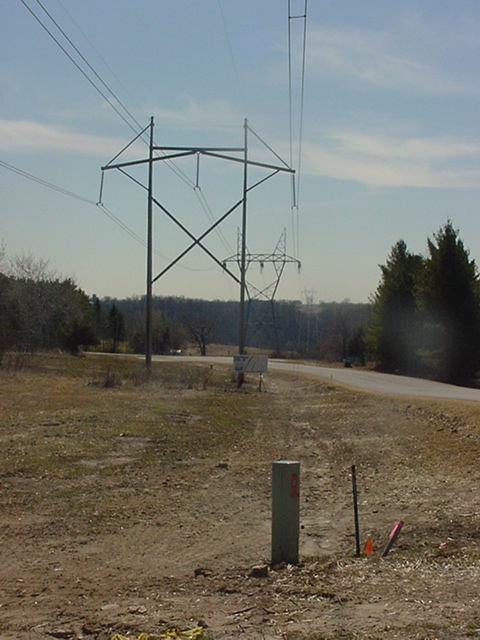 Transmission over Red Wing’s Westwood subdivision
Transmission over Red Wing’s Westwood subdivision
In routing permitting using “Alternate Review” and in wind siting permitting under Minn. Stat. Chapter 216F, exempted from environmental review, the environmental review is inadequate. An Environmental Impact Statement is necessary! DOH!
Looking at Minnesota’s draft Rules for Transmission/Utility Infrastructure siting and routing, it’s clear that the recent Minnesota Court of Appeals decision remanding the Sandpiper pipeline case to the Public Utilities Commission has implications beyond Certificate of Need.
The Court’s bottom line was:
This was based on its holding that a Certificate of Need decision by the Public Utilities Commission was a “major governmental action.”
Just as a Certificate of Need is a major governmental decision, a Siting Permit or a Routing Permit is a major governmental decision. The Minnesota statute and rules provide for “Alternate Review” for siting and routing:
And in this statute, there’s a subdivision authorizing an “environmental assessment.”
Subd. 5.Environmental review.
Throughout this rulemaking, a number of us participating have been stressing that this “environmental assessment” does not comply with MEPA. Under the logic of the “Sandpiper” decision – OPa150016-091415, the Court would agree.
Yet here are the draft rules for Siting and Routing — search for “environmental assessment” in the draft:
And Certificate of Need draft rules:
And regarding wind permits, also a major governmental decision, these are statutorily exempted from environmental review by exempting it from PPSA – Minn. Stat. 216E.03, Subd. 5 “Environmental Review.”
216F.02 EXEMPTIONS.
(a) The requirements of chapter 216E do not apply to the siting of LWECS, except for sections 216E.01; 216E.03, subdivision 7; 216E.08; 216E.11; 216E.12; 216E.14; 216E.15; 216E.17; and 216E.18, subdivision 3, which do apply.
Wind siting permits are exempt from environmental review? Public Utilities Commission issuance of wind project siting permits is a major governmental action. Nope, not compliant with MEPA.
